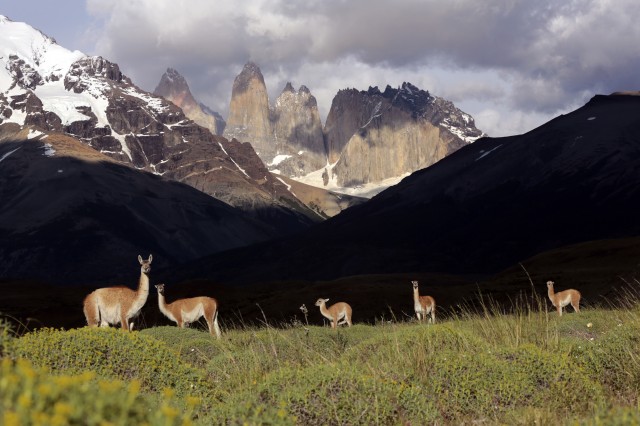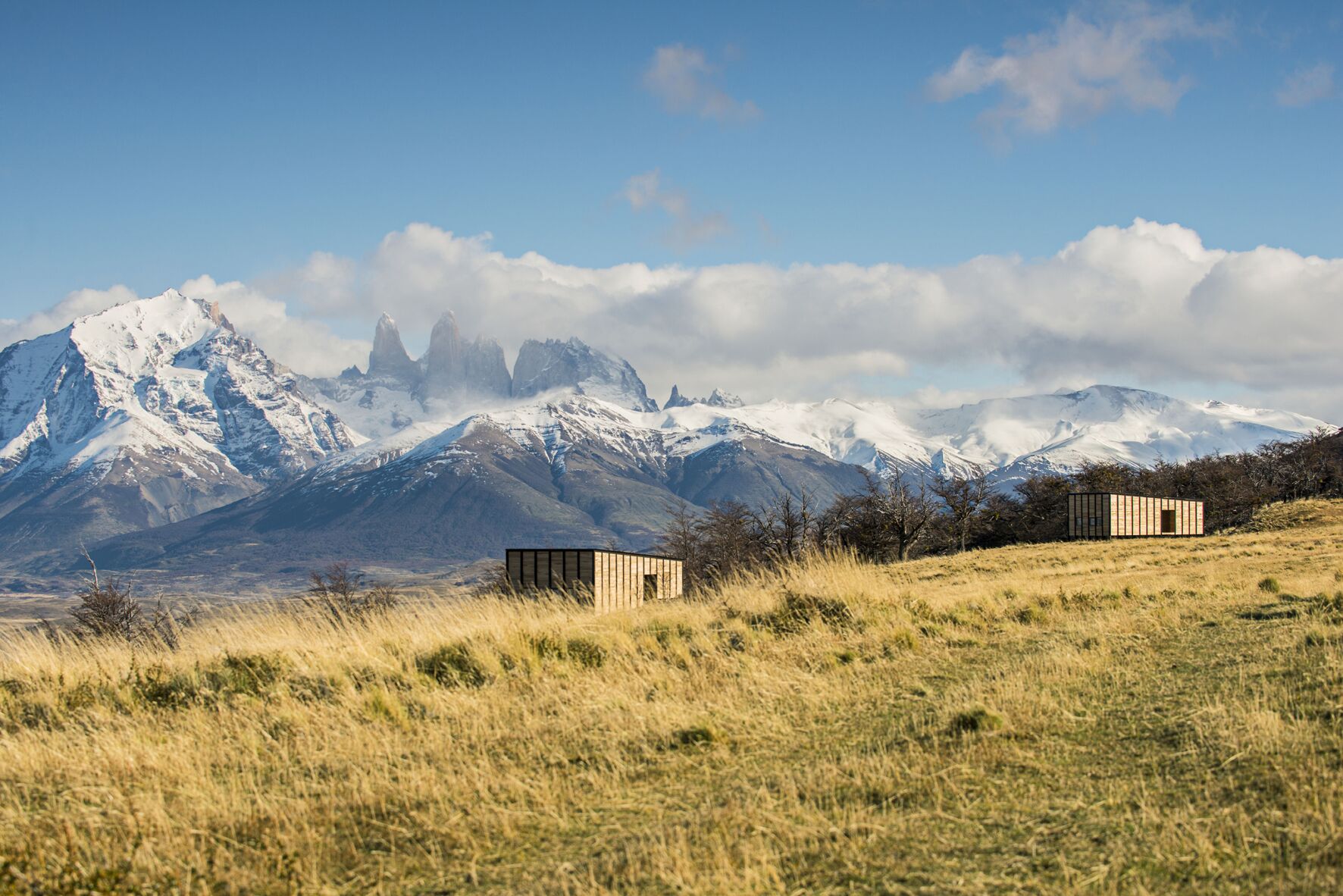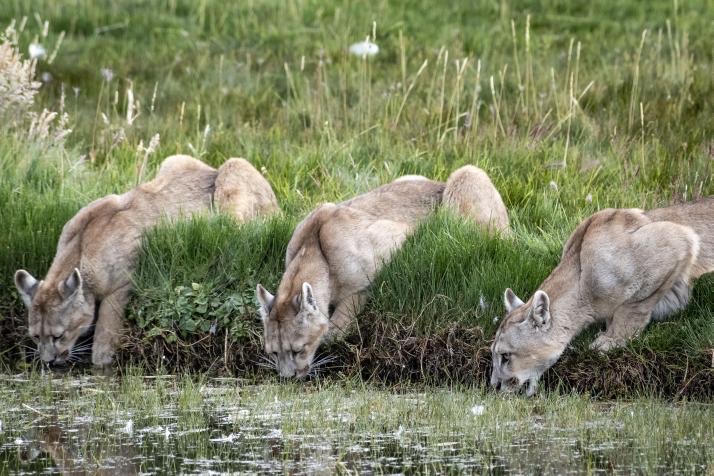Narrated by former US-president, Barack Obama, the Chilean Patagonia episode of Our Great National Parks pays homage to the ‘untouched wildnerness’ of southern Chile.
‘Patagonia is redefining our idea of what national parks could be,’ says Obama.

Torres del Paine National Park, Chile
Stretching 2,500 miles from north to south, Chile is the longest country in the world. With no fewer than 24 national parks, Chilean Patagonia is one of the most protected parts of the planet.
Covering an incredible range of landscapes with the Andes mountain range, the longest in the world, running like a spine down Chile.
The most famous of all these national parks is Torres del Paine.

Photographs of pumas close to Awasi Patagoniataken by Matias de Cristobal
Home to a thriving population of Chile’s largest land predator: the puma. The episode was filmed in the area around Awasi Patagonia, and has striking footage of these big cats. It is clear that the survival of the puma relies on their strength and cunning, and the viewer is rewarded with intense footage of these agile felines jumping across boulders in their quest to hunt guanaco.
The ancient ancestor of the domestic llama, the guanaco is the main source of prey for the puma.
‘Four out of five puma hunts end in failure,’ explains Obama as he talks of the fight for survival at the end of the world.

Awasi Patagonia, Relais & Chateaux
The guanaco is as much as three times heavier than a puma. And whilst the puma has cunning on its side, the film shows how hard it is to catch a guanaco, large and quick as they are.
‘Until recently, pumas were thought to be solitary creatures,’ says Obama telling viewers of how scientists have been surprised by the social habits of generations of pumas in Torres del Paine and the surrounding area.

Torres del Paine is home to one of the highest densities of pumas in the world, with numbers recovering following generations of poaching and culling from landowners trying to protect their livestock.
Since opening Awasi Patagonia in 2013, our team has experienced this increase in the puma population first-hand. Here is a short video of our team heading out puma spotting in the early morning.
One of the main aims when constructing our 14-villa lodge in a private reserve on the edge of the national park, was to make it as low impact as possible.
As well a being carbon neutral as a company, each villa at Awasi Patagonia (and Awasi Iguazu) is built on stilts for minimal environmental impact. The idea is that the lodge could be removed leaving no trace on the native landscape.
The Awasi guides were determined to show that building the lodge had no negative impact on the fauna, therefore hidden cameras were placed around the Awasi reserve to track the movement of wildlife.
Conservation and sustainability has always sat at our core, and through the Awasi Foundation we directly allocate a part of our sales to projects that support nature and wildlife.
In Patagonia, we have helped restore the natural habitat of native species, and today between 9 and 12 pumas roam an area that was previously devoid of wildlife.
The Awasi guides help monitor the puma populations and keep hunters away, even during the off-season.

Pumas photographed by Awasi’s Cristian Asun
Furthermore, we work with scientists and researchers to gather information about the behavioural patterns of these species. Not only is there a steady puma population in the area, but other species like the Geoffroy’s cat (which was believed to be extinct in the region) have benefited from the protection as well.
As well as pumas and guanacos, the episode shows Chile’s national bird: the condor. It is a beautiful and encouraging documentary on the thriving flora and fauna in Chile.
Obama ends by saying ‘give nature a chance and it will return. Wilderness and wildlife can recover, and balance can be restored. Chilean patagonia is an inspiring example of what can be achieved when we work together with nature and believe in the true value of our national parks.’
We recommend this programme. It is an enjoyable watch, and may provide inspiration for your next trip…

